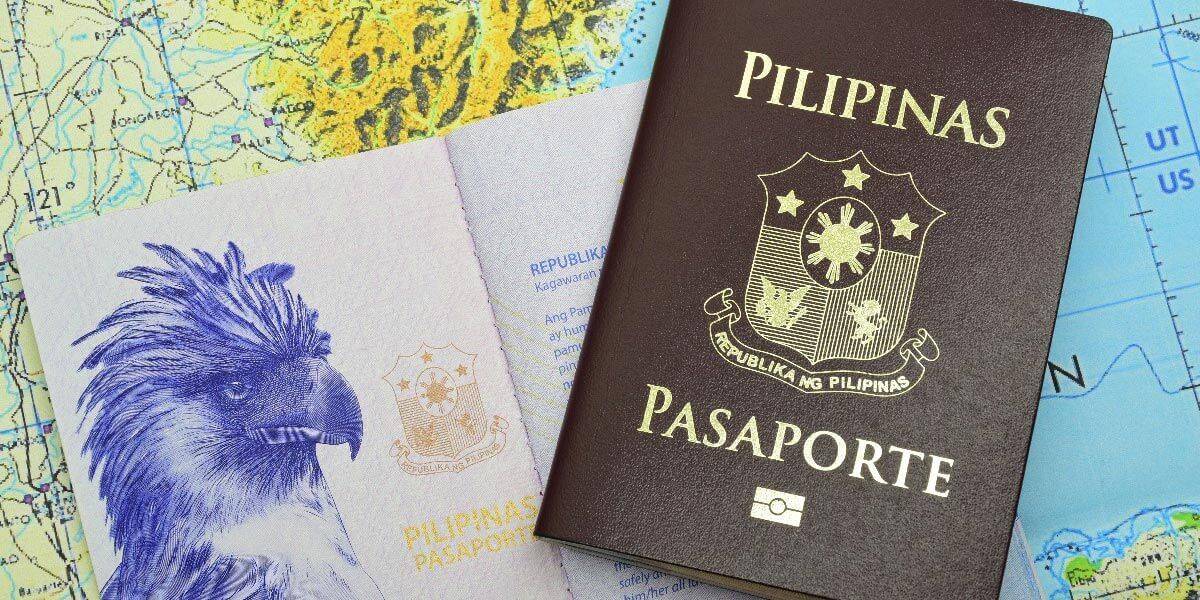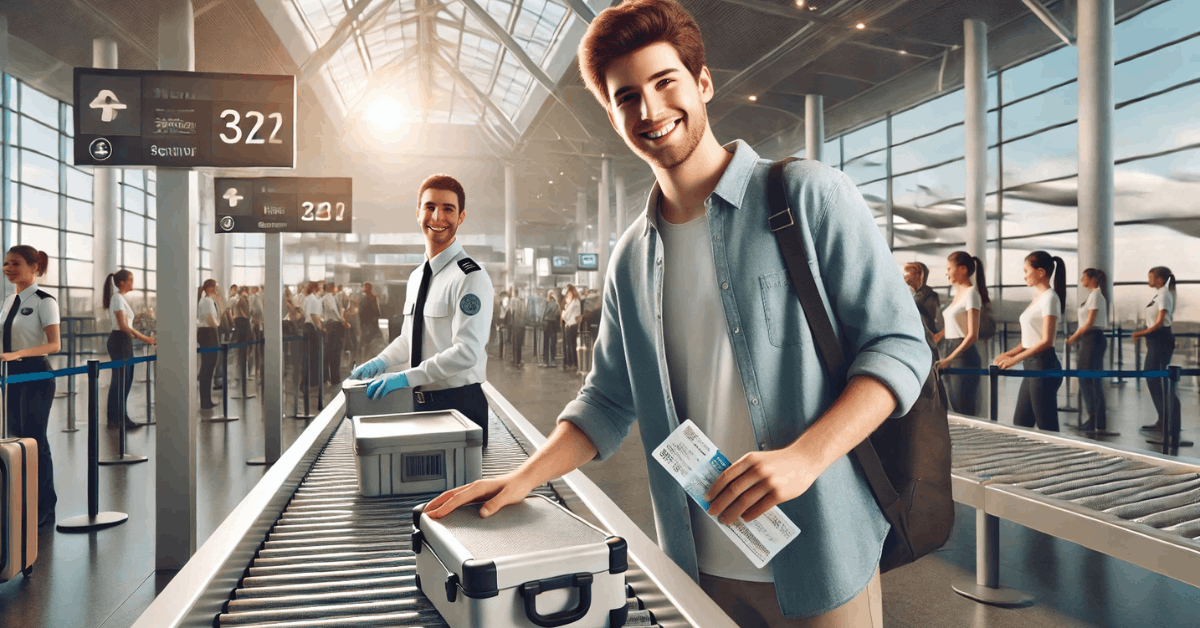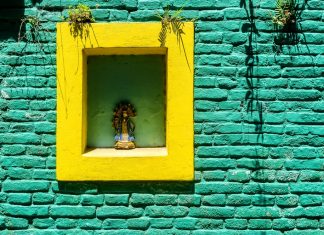If you're going to the Philippines from Canada, it’s crucial to pack smart. You’re transitioning from a colder climate to a tropical one, and the shift can be drastic.
The aim is to be comfortable and respectful, ensuring a smooth trip. Prepare for the weather, prioritize essentials, and you're good to go.

The best ways of going to the Philippines from Canada
If you want to know how to go to the Philippines, these options provide a balance between cost, time, and convenience, helping you make an informed choice.
- Direct Flights: There are direct flights from Canada to the Philippines, mainly departing from major cities like Toronto and Vancouver. It's the fastest and most convenient option.
- Connecting Flights: You can opt for flights with stops in countries like Korea, Japan, or China. It might be cheaper, but will take more time.
- Choosing Airlines: Consider reputable airlines for long-haul flights to ensure comfort and good service.
- Best Time to Book: Plan and book your flight months in advance to secure better deals and low costs to go to the Philippines.
- Check Visa Requirements: Ensure you understand and meet the visa requirements to go to the Philippines before booking your flight.
- Travel Insurance: Investing in travel insurance is a wise choice for international travel.
Packing Tips: Efficient packing strategies
Following these strategies will lead to a more organized and efficient packing experience while going to the Philippines from Canada, saving you time and stress.
- Use Packing Cubes: These help organize your luggage and maximize space for what do you need to go to the Philippines.
- Roll Your Clothes: Rolling instead of folding prevents wrinkles and saves space.
- Check Airline Baggage Policies: Know the weight and size limits to avoid extra charges.
- Plan Your Outfits: Choose versatile clothes that can be mixed and matched.
- Pack Mini Toiletries: Use small containers for toiletries to save space.
- Use Dead Space: Fill shoes and other hollow items with small objects.
- Prioritize Essentials: Ensure important items like medications and documents are packed first.
- Limit Shoes: Shoes are bulky, so bring only the necessary pairs.
- Use a Packing List: Create a list to ensure nothing important is forgotten.
Weather Considerations: Pack suitable clothing
The country has a tropical climate with three main seasons with variable weather.
- The dry season runs from November to April, bringing hot temperatures and low rainfall. For this period, bring lightweight, breathable clothing, and don’t forget your sun protection items like hats and sunscreen.
- From May to October, it’s the wet season, with regular rain and occasional typhoons. Pack waterproof clothing, umbrellas, and quick-drying clothes.
- The coolest months are from December to February, but ‘cool’ in the Philippines is still quite warm, so light layers will suffice.
Recognizing these weather patterns helps you pack appropriately, ensuring comfort throughout your best month to visit the Philippines.
Also read: What is altitude sickness and how can you avoid it while traveling?
Travel Documents: Ensure a hassle-free journey
Ensure you have your passport; it should be valid for at least six months beyond your planned departure from the Philippines. Have your visa if required, or make sure you are eligible for visa-free entry.
Bring copies of your travel insurance, covering your entire stay. Have a return ticket or a ticket to another destination ready to show.
Including emergency contact information and the local embassy’s details make it safe to go to the Philippines.
It's also smart to have a list of any medications you’re bringing, especially if they are prescription drugs. Make digital copies of all documents and store them securely online for backup.
Money Matters: Guidance on currency, cards, and cash
When packing and researching how to travel the Philippines, handle money matters with care. Bring a combination of cash, credit, or debit cards.
Philippine Peso is the local currency, and having a small amount in cash upon arrival is handy for immediate expenses like transportation or food and a requirement for going to the Philippines.
Notify your bank about your travel plans to prevent your cards from getting blocked for suspicious foreign transactions. Check if your bank has international fees and consider a travel credit card.
ATMs are widely available in cities, but in remote areas, they might be scarce. Ensure you have enough cash when going to the Philippines from Canada.
Essential Gadgets
These gadgets ensure convenience, connectivity, and the ability to capture and share your experiences.
- Power Adapter: The Philippines uses Type A, B, and C outlets, so bring an adapter to charge your devices.
- Portable Charger: Keep your phone and other gadgets charged while on the go.
- Water-Resistant Phone Case: Protect your phone from water damage during island hopping or sudden rain showers.
- Waterproof Camera or GoPro: Capture underwater and action shots.
- Universal SIM Card or Portable Wi-Fi: Stay connected with reliable internet access.
- Noise-Canceling Headphones: For a more comfortable flight or long bus rides.
- Portable Water Purifier: Essential if you plan on venturing to remote areas.
- Lightweight and Compact Tripod: Great for group shots or capturing scenic views.
- E-reader or Kindle: Bring plenty of reading material without the bulk.
- Travel Adapter with USB Ports: Charge multiple devices at once.
Toiletries and Medications
For toiletries, pack travel-sized shampoo, conditioner, body wash, toothpaste, and a toothbrush. Don’t forget deodorant, sunscreen with high SPF, and insect repellent.
For medications, bring any prescription medicines you need with a copy of the prescription. Pack a basic first aid kit with band-aids, antiseptic wipes, and some pain relievers like ibuprofen.
Consider anti-diarrheal medicine and rehydration salts, as changes in diet can sometimes cause stomach upset.
If you’re prone to motion sickness, bring appropriate medication, as some travel in the Philippines can be on winding roads or small boats.
Conclusion
Packing when going to the Philippines from Canada requires attention to detail and an understanding of the local climate and culture. Ensure you have all necessary travel documents.
Prioritize lightweight and breathable clothing suitable for the tropical climate, but be prepared for rain if you’re traveling during the wet season. Financially, a mix of cash and cards is wise.
Efficient packing strategies like using packing cubes and rolling clothes can save space and keep your luggage organized. Remember the power outlet differences and pack an appropriate adapter.

















